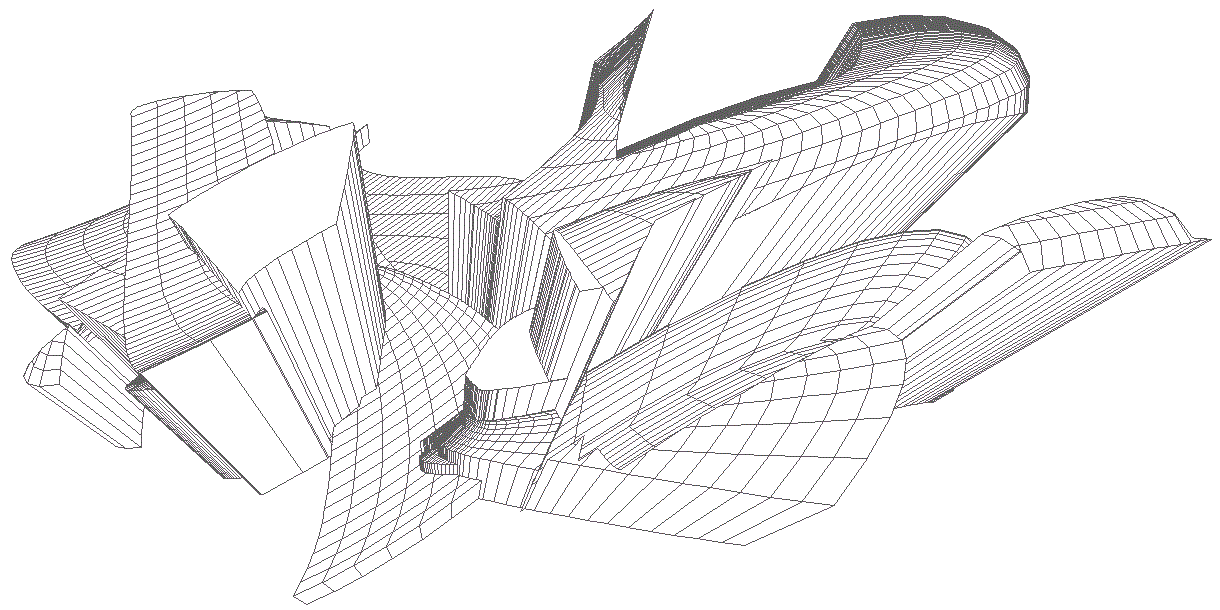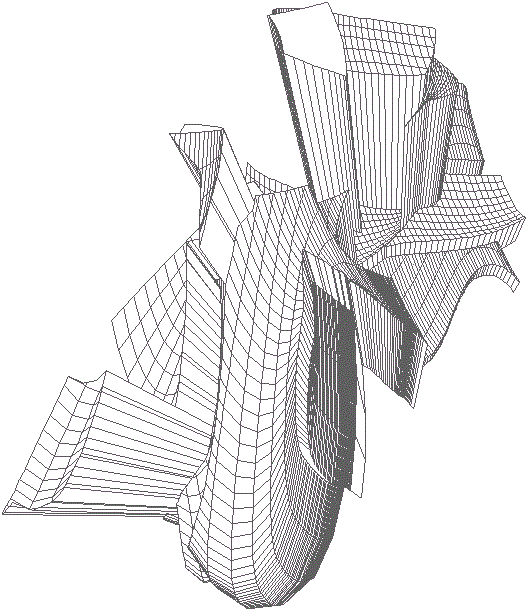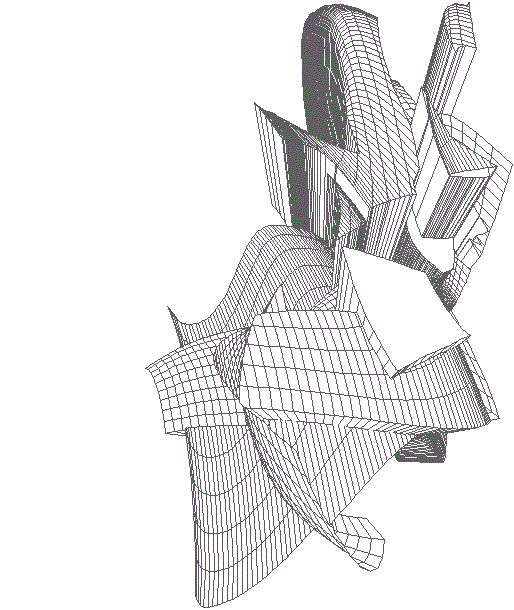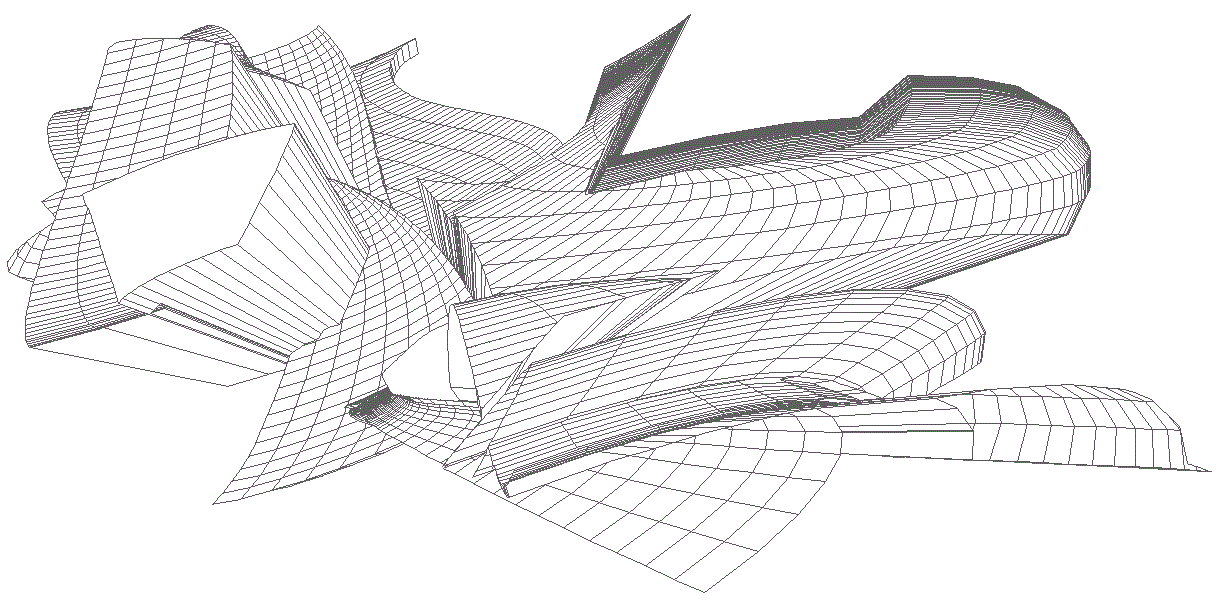2017.01.03 20:32
31 December

 

| |
2017.01.03 20:46
31 December
Additionally, Quondam will keep its finger on the pulse of the exponentially and geometrically expanding urban environments of both Older and Newer Infringement Complexopolises.
2017.01.06 10:58
30 December
The dates have been changed [sic] to protect the innocent.
Reenactment comprises patterns of behavior, particularly repetitive patterns of behavior, but in no way does reenactment enforce or restrict options to some specific patterns of behavior only. In this sense, reenactment does not have the same power as DNA.
As science tells us more and more each day, DNA is indeed minutely packaged predestination, but DNA is not really reenactment until it is cloned. [And the notion of "designer DNA" becomes kind of perverse in that it is free-willed reenactment based on altered predestination. Or something like that!]
Of course, it may turn out that our own DNA is actually all about reenactment, and always has been, but even then DNA does not hold complete and utter control of everything. Or does it?
My feeling has been all along, however, that architects and architecture are well capable of generating their own publicity, but professional 'decorum' has for the most part made that attitude an ethically and aesthetically wrong position for architects to take. This 'wrongness' is really just a fabrication, an artificial restraint, and, as always, it is precisely at these artificial points where 'institutions' are the weakest, where the decay happens, where things begin to fall apart.
I wholeheartedly advocate architects to embrace publicity as a new, additional ingredient that makes good architecture, the same as firmness, commodity, and delight make good architecture.
Personally, I think it more challenging and design-wise more stimulating to use virtual architecture facilitated by the internet to try presenting something other than what is already available.
2017.01.06 11:04
5 January
Regardless of whether its widely understood as such or not, all architectures manifest many layers of masks, and, like cosmetic surgery, historic preservation is a most extreme form of mask.
With palimpsest on the other hand, although there is erasure and then over-writing, traces of the original (text) remain.
The notion of layers (of texts), be they new or old, discernible or discrete, genuine or faux, is (for me at least) the 'true' reality.
Semper theoretically took architecture back to the weaving of fabric. Perhaps Semper should have said architecture goes back to the weaving of fabrication.
Piranesi grossly exaggerates building scale in the Campo Marzio's outer regions, however. Nonetheless, Piranesi is deliberately 'playing' a learning game here, in that the outer regions is where Piranesi's plans and programs lack practically all veracity, hence, the hyperbole of Piranesi's architectural imagination is coded by a hyperbole of architectural scale.
In simple terms, the over-sized plans of the Campo Marzio indicate buildings that Piranesi completely 'made-up', where as a high percentage of the smaller building plans indicate buildings that actually once existed and are drawn in their proper scale.
Is Saarinen's Gateway Arch in St. Louis a trope or is it a reenactment? That is, is the Gateway a "turn" of manifest destiny into symbolic form, or is it a long standing architectural tradition enacted yet once again?
The assimilation of trope into recent architectural (theory) writing and criticism is an example of trope itself, is it not?
And it often seems (to me at least) that "troping" (excuse my verbing) within current architectural parlance and design is treated somewhat as a whole new "Concept" in and of itself.
Perhaps I'm here being overly simplistic, but recent architectural tropes and the pronouncements of such often appear to be elaborate justifications for what is otherwise plainly arbitrary in terms of ultimate design form.
Does the Arch in St. Louis trope Manifest Destiny or does it reenact a triumph over gravity?
|